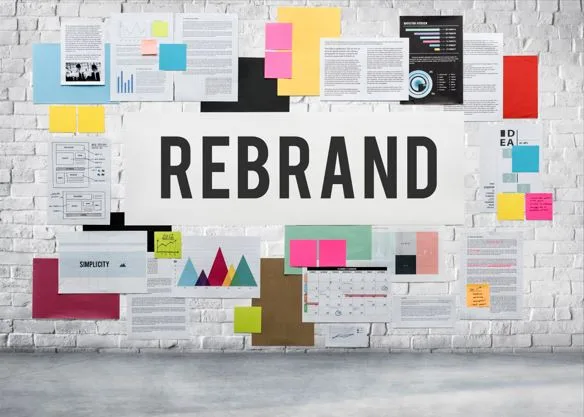Rebranding Without Losing Your Audience: Lessons from Big Business Moves
Rebranding always sounds exciting, doesn’t it? A new logo. Fresh colors. A different vibe. It’s like starting over — at least on the surface. Rebranding can be complex. Making too many changes too soon could cost your team members their jobs; making too few, and you risk becoming irrelevant in your industry. That’s why smart companies take their time. They plan. They study their audience. And often, they work with a brand development agency to figure out what’s worth keeping, what needs to evolve, and how to make it all feel natural.
Why Brands Rebrand in the First Place
Every company reaches that point. The “something’s off” stage.
Maybe your story doesn’t hit the same way anymore. Maybe the market has shifted, or your visuals feel tired. Sometimes your business just outgrows the identity it started with. Whatever the reason, rebranding usually begins with one honest question: Does who we are on the outside still match who we are inside?
Standing still feels like going backward. That’s why even iconic brands evolve. Not to chase trends. But to stay aligned with what people care about now.
Sometimes a rebrand marks a merger or new direction. Other times, it’s about clarity — saying what you’ve always meant, but better. The key is knowing your “why.” If the reason behind your rebrand isn’t clear, it becomes a distraction instead of progress.
Because the best rebrands don’t scream, “Look at us!” They quietly say, “This is who we’ve become.”
The Emotional Side of Rebranding
It’s easy to think rebranding is just strategy and visuals — but it’s also emotional. People get attached to what they know. A logo isn’t just a logo; it’s a memory.
Think about walking into your favorite café. Same smell of coffee. Same barista smile. But suddenly the sign above the door has changed. The walls are painted differently. The playlist? Unrecognizable. The coffee might still taste perfect, but something feels off.
That’s how customers feel when a brand changes too quickly.
So talk to them. Bring them into the story. Show them what’s changing and why. Let them know that while the design may evolve, the heart of your brand hasn’t.
Transparency turns confusion into trust. And trust is what keeps people from walking away when everything else shifts.
Keep the Core. Update the Rest
A successful rebrand doesn’t erase the past. It builds on it.
No need to abandon everything that once made your brand great just so it looks modern – the strongest brands know how to adapt without losing themselves in the process.
Think of it like spring cleaning: Keep what fits and still matters such as your core message, voice and values. Then you freshen up the rest.
That may include updating your logo, standardizing tone and making mission statements clearer; the aim is not just to look new but rather feel right!
And here’s where research matters. Testing new names, colors, and taglines helps you avoid guesswork. Many companies work with specialists who understand how names sound across cultures, or how words trigger emotion. That’s where a good brand naming team comes in — helping you create something that’s timeless, not trendy.
Talk Before You Launch
One mistake many companies make? Keeping quiet.
When you go silent during a rebrand, people start to assume the worst. Rumors spread. Stories fill the gap you didn’t fill yourself.
Start with your own people first. If your team doesn’t understand the change, your audience never will. Then, reach outward. Share hints. Show the process. A little transparency goes a long way in making people feel included.
And when it’s time to unveil the new identity, do it clearly. Explain what’s changed. Explain what hasn’t. Be honest about the journey. A rebrand isn’t a surprise party — it’s a transition. And people handle transitions best when they feel prepared.
Wrapping It Up
Rebranding is one of the hardest things a company can do. It’s part strategy, part creativity, and part heart. You’re not just designing a new look — you’re reshaping how people see you. Do it with purpose. Communicate often. Keep your audience close. And remember — when change feels authentic, people don’t resist it. They grow with you. Because at its best, rebranding isn’t about becoming someone new. It’s about becoming more of who you were always meant to be.





